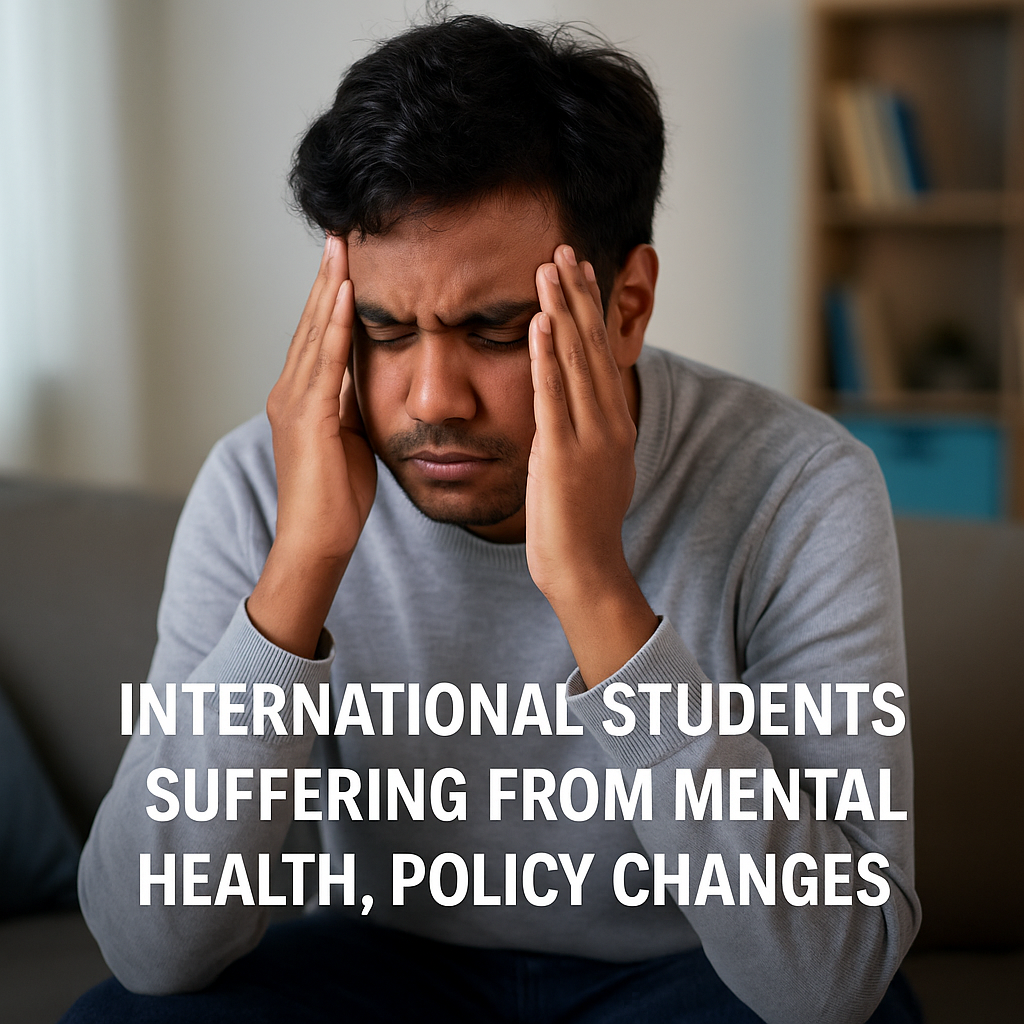The Growing Pressure on International Students: Adapting to a Changing Landscape
- Posted by
- admin<
- Categories
- Australian Visa news
- Australian Visa updates
- Lifestyle
- Managing Finances
- News Updates
- Student Visa
- Visa Application
- Work Visa
- Date
- 16 May 2025
- Comments
- 0

In recent years, international students have become a significant pillar of the global education system. According to UNESCO, over 5 million students are currently studying abroad, contributing not only to the economy of their host countries but also enriching cultural exchanges worldwide. However, international students now face a rapidly changing environment that poses both challenges and opportunities.
One of the most pressing issues is the evolving landscape of student visas and immigration policies. Governments are increasingly tightening visa regulations, and international students are facing greater scrutiny than ever before. Recent policy shifts in countries like the U.S., the U.K., Australia, and Canada have put international students in a tough spot. The tightening of work opportunities, longer processing times, and unpredictable policy changes have left many students uncertain about their futures abroad.
The Impact of the Changing Immigration Landscape
While host countries may argue that these policies are in place to ensure national security and job opportunities for locals, the consequences are significant for international students. Many students come to foreign shores not just for education, but also for career opportunities and the chance to develop a global network. The uncertainty around post-graduation work visas and the increasing difficulty of transitioning to long-term employment have made it harder for students to plan their futures.
Another challenge has been the rising cost of living in major student hubs. Cities like London, New York, Toronto, and Sydney are becoming increasingly unaffordable for students, especially those who rely on part-time work to support themselves. Higher tuition fees combined with these living expenses create a perfect storm of financial pressure, leaving many international students in a state of anxiety.
The Mental Health Crisis Among International Students
These stressors have had a direct impact on the mental health of international students. According to studies, international students experience higher levels of stress, anxiety, and depression compared to their domestic peers. Cultural isolation, language barriers, and a lack of support systems often exacerbate mental health struggles.
The COVID-19 pandemic only intensified these challenges. Many international students found themselves stranded in foreign countries with no clear timeline for when they would be able to return home. The sense of uncertainty, coupled with disrupted educational systems and limited access to mental health resources, has taken a toll on their well-being.
The Way Forward: Supporting International Students
There’s a clear need for better support systems for international students. Universities, governments, and local communities must recognize that these students are not just numbers; they are individuals with unique challenges and needs.
1. More Accessible Mental Health Resources: Universities should be proactive in providing accessible mental health support tailored to the needs of international students. Whether it’s through online counseling services or culturally sensitive therapists, students should feel supported and heard.
2. Transparent and Consistent Immigration Policies: Governments must strive for transparent, consistent, and forward-thinking immigration policies. Simplified visa processes and clearer pathways to work and residency after graduation will allow international students to better plan their futures.
3. Financial Support and Opportunities: With the rising costs of living, more financial aid, scholarships, and job opportunities for international students could ease some of the financial burdens. Additionally, allowing international students to work more hours without restrictions would provide them with greater independence.
4. Building Stronger Communities: Universities and host countries must work towards creating inclusive environments where international students feel welcome. Programs that help students connect with local communities and other international peers are crucial in combating isolation.
Conclusion
International students are a crucial part of the global education ecosystem. The challenges they face today are shaping the future of global education, but with the right support, they can overcome these hurdles and continue to contribute to the cultural and economic fabric of their host countries. Now more than ever, it’s time to rethink how we support these students and invest in a brighter, more inclusive future for all.


































